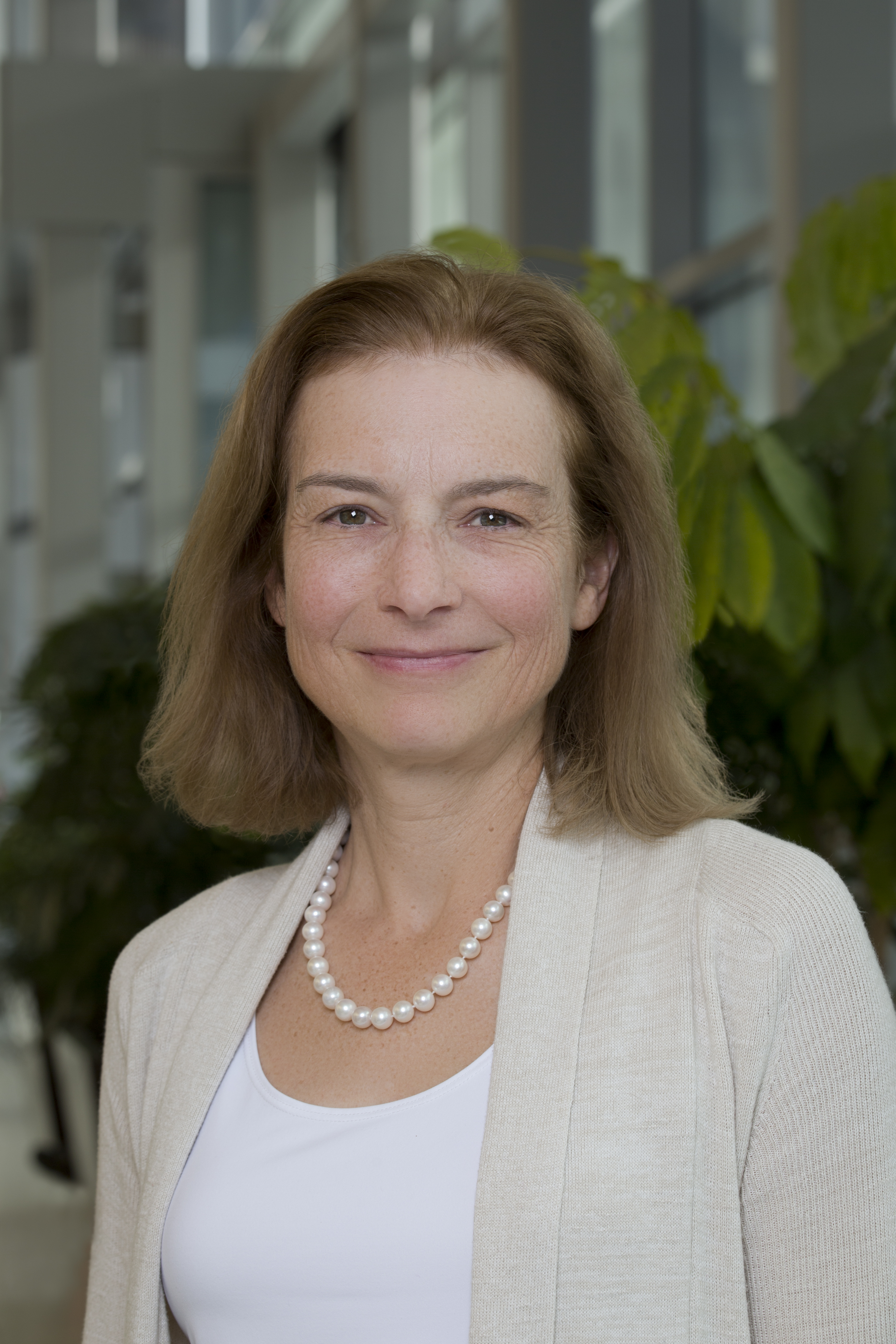Tuberous Sclerosis Complex
Targeting Autophagy for the Treatment of TSC and LAM
Posted February 26, 2020
Elizabeth Henske, M.D., Brigham and Women's Hospital

Mutations in either the TSC1 or TSC2 genes can cause tuberous sclerosis complex (TSC), a disease that is characterized by development of benign tumors in the brain, skin, lung, heart, and kidney, along with other symptoms, including neurological disorders. A common comorbidity of TSC (in particular TSC caused by mutations in the TSC2 gene), is the lung disease lymphangioleiomyomatosis (LAM), which is caused by the overproliferation of smooth muscle cells and cysts in the lungs, leading to breathing problems and lung failure. The current standard of care treatment for LAM is management with Sirolimus (Rapamycin), which inhibits mTORC1 and triggers autophagy, a process in which damaged cells and cellular components are degraded and cleared by the body. Unfortunately, when Sirolimus treatment is discontinued, patients’ lung function deteriorates. Because of this, signigicant research efforts are being made to identify a treatment for LAM with a sustained response.
Previous findings supported by the TSCRP suggested that mutated TSC1 and TSC2 suppress autophagy, allowing mutated cells to proliferate. In vitro studies found that administration of autophagy inhibitor hydroxychloroquine in combination with Sirolimus decreased survival of TSC2 deficient cells, and reduced the tumor size in mouse models.
Dr. Elizabeth Henske received a Tuberous Sclerosis Complex Research Program (TSCRP) Fiscal Year 2011 Clinical Trial Award to examine the safety, efficacy, and physiological impact of combining these two drugs, Sirolimus and hydroxychloroquine, in Phase I clinical trial patients with TSC-LAM. The study was designed to measure tolerance and safety of administering Sirolimus (5-15 ng/ml trough level) and hydroxychloroquine (200 mg once or twice a day) in LAM patients (NCT 01687179). These safety studies demonstrated that delivery of these drugs in combination is tolerated very well with no dose-limited adverse effects up to 48 weeks.
To examine the impact of this combination therapy more closely, Dr. Henske, working closely with Dr. Carmen Priolo, investigated serum metabolic changes in response to treatment in order to determine the level of nutrient loss that could occur in LAM patients receiving this treatment. The team found that serum methylthioadenosine (MTA) levels increased in response to treatment. This upregulation of MTA, a tumor suppressor, makes it a candidate biomarker for determining whether a LAM patient is responding positively to the combination therapy at the time of treatment.
In work led by Dr. Souheil El-Chemaly, the Henske group performed another analysis on Sirolimus and autophagy inhibition combination therapy focusing on biomarker identification that could more directly elucidate the process of disease progression and therapy response. The team found that serum soluble vascular endothelial growth factor receptor (VEGFR)-3 and C-C motif chemokine ligand 21 (CCL21) levels decreased in LAM patients treated with the combination therapy. Both VEGFR-3 and CCL21 are closely linked to VEGF-D, the only current diagnostic biomarker for LAM. Expression of these two proteins is also associated with lymphatic endothelial biology, and therefore believed to be linked to the pathology of LAM. These biomarkers will continue to be investigated to potentially serve as more specific markers of disease progression and response in future clinical trials.
This discovery and the resulting ability to diagnose LAM via confirmed biomarkers could provide more effective ways to diagnose, treat, and monitor LAM and TSC. In addition to continuing to evaluate biomarkers, Dr. Henske hopes to continue investigating the long-term effects and efficacy of Sirolimus and hydroxychloroquine combination therapy in larger Phase II/III clinical trials in order to improve quality of life for patients.
Publications:
Yan Tang, PhD; Souheil El-Chemaly, MD; Angelo Taveira-Dasilva, MD; Hilary J. Goldberg, MD; Shefali Bagwe, MBBS; Ivan O. Rosas, MD; Joel Moss, MD, PhD; Carmen Priolo, MD, PhD; and Elizabeth P. Henske, MD. Metabolic Changes in Patients With Lymphangioleiomyomatosis Treated With Sirolimus and Hydroxychloroquine. Chest. 2019 Jul 9. pii: S0012-3692(19)31310-8
Anthony M. Lamattina, BS; Angelo Taveira-Dasilva, MD, PhD; Hilary J. Goldberg, MD; Shefali Bagwe, MBBS; Ye Cui, PhD; Ivan O. Rosas, MD; Joel Moss, MD, PhD; Elizabeth P. Henske, MD; and Souheil El-Chemaly, MD, MPH. Circulating Biomarkers From the Phase 1 Trial of Sirolimus and Autophagy Inhibition for Patients With Lymphangioleiomyomatosis. Chest. 2018 Nov;154(5):1070-1082
Souheil El-Chemaly, MD; Angelo Taveira-Dasilva, MD; Hilary J. Goldberg, MD; Elizabeth Peters, RN; Mary Haughey, RN; Don Bienfang, MD; Amanda M. Jones, RN; Patricia Julien-Williams, RN; Ye Cui, PhD; Julian A. Villalba, MD; Shefali Bagwe, MBBS; Rie Maurer, PhD; Ivan O. Rosas, MD; Joel Moss, MD; and Elizabeth P. Henske, MD. Sirolimus and Autophagy Inhibition in Lymphangioleiomyomatosis: Results of a Phase I Clinical Trial. Chest. 2017 Jun;151(6):1302-1310
Link:
Public and Technical Abstracts: Targeting Autophagy for the Treatment of TSC and LAM
Last updated Wednesday, March 12, 2025














